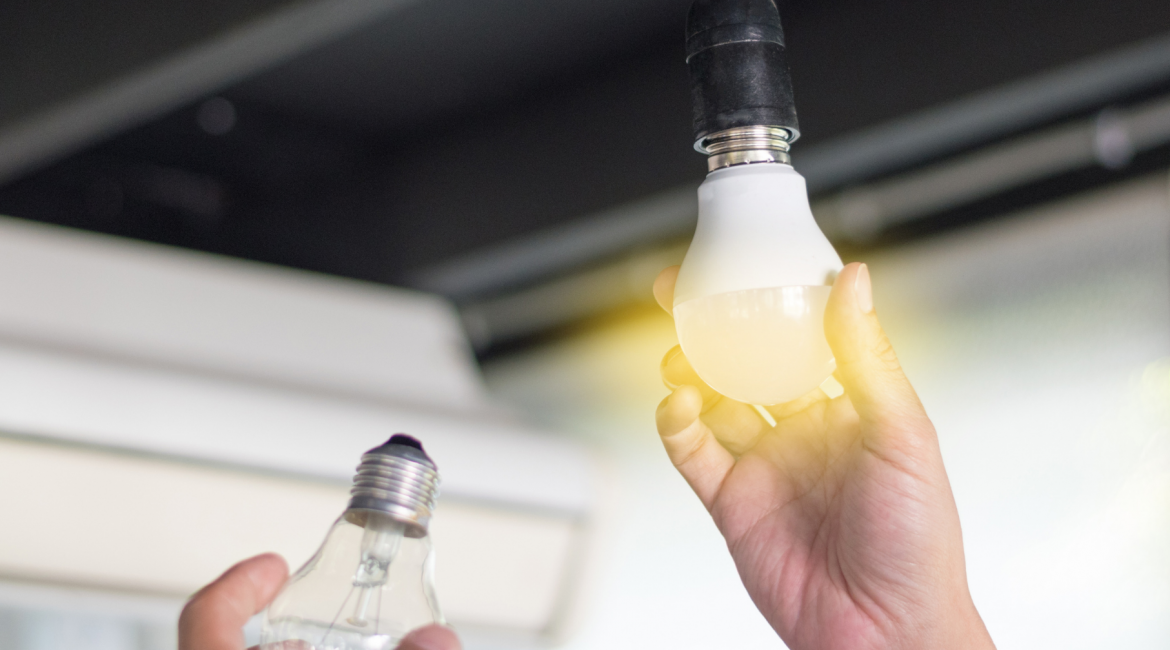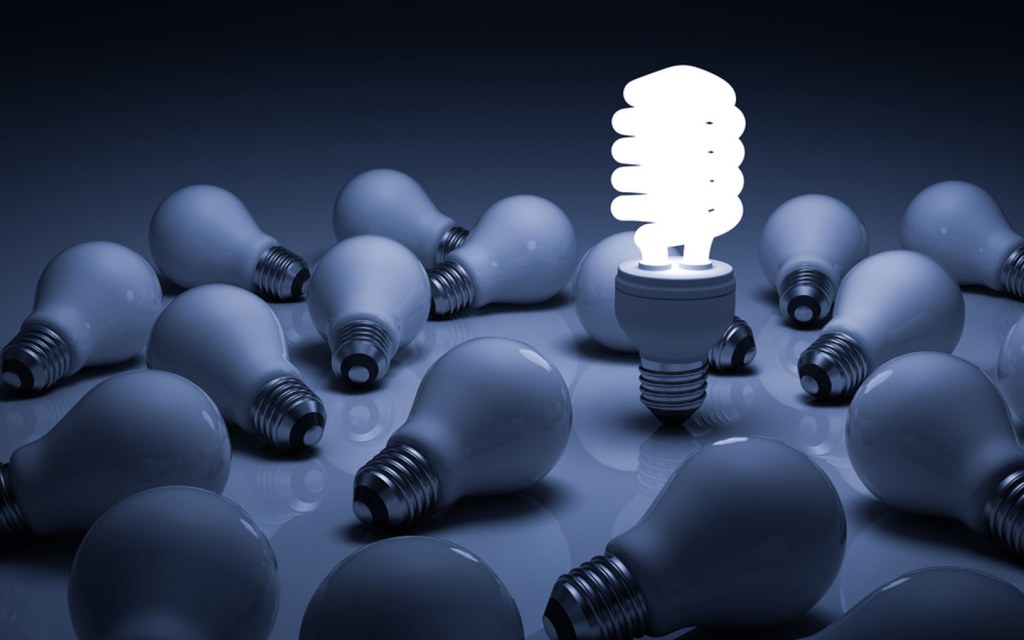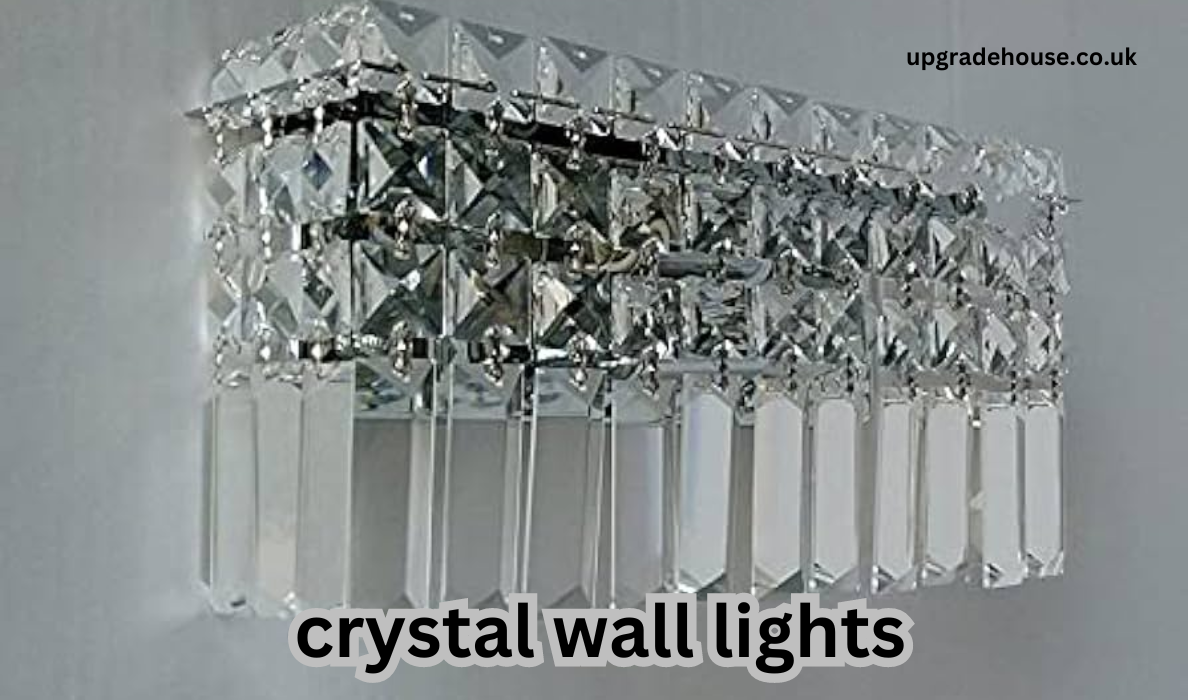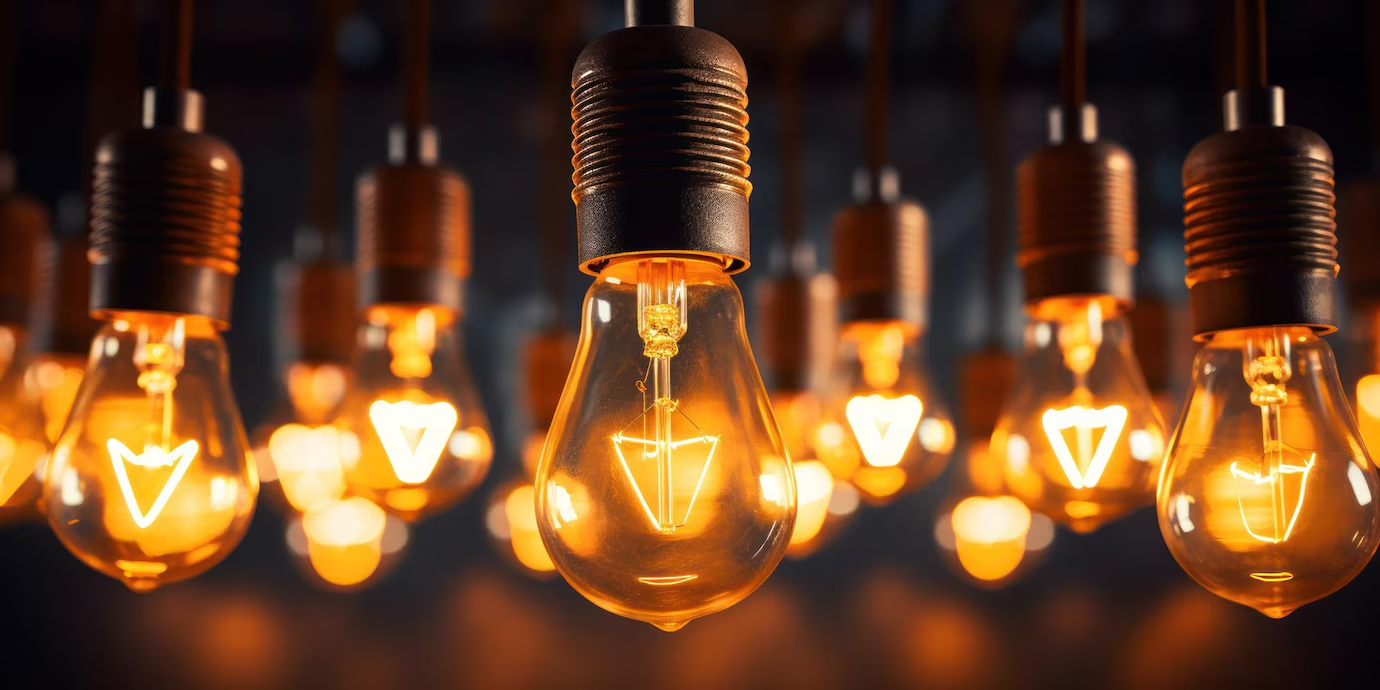
Discover everything you need to know about E26 bulbs, including types, advantages, and how to choose the right one for your needs. Explore the future of E26 lighting solutions in this comprehensive guide.
Introduction
The E26 bulb is a cornerstone of modern lighting technology, providing versatile solutions for various lighting needs. This comprehensive guide will delve into the details of the E26 bulb, exploring its design, uses, types, advantages, and considerations. By the end of this article, you’ll have a thorough understanding of what makes the E26 bulb a popular choice for both residential and commercial applications.
What is an E26 Bulb?
The E26 bulb refers to a type of light bulb with a specific Edison screw base. The “E” stands for Edison, honoring Thomas Edison’s invention of the screw-in base, while “26” denotes the diameter of the base in millimeters. This medium base is the most commonly used light bulb base in North America, suitable for a wide range of fixtures and applications. E26 bulbs are typically used in household lighting, offering a standard solution for many lighting needs.
The Anatomy of an E26 Bulb
To understand the E26 bulb fully, it’s essential to examine its structure and components. The E26 base consists of a screw-in mechanism that allows the bulb to be easily installed or replaced in light fixtures. The base is cylindrical and 26 mm in diameter, fitting snugly into standard sockets designed for this type of bulb. This design ensures compatibility with a wide range of fixtures, from ceiling lights to lamps.
The bulb itself comes in various shapes and sizes, including the standard A19 shape, which is most common for general lighting purposes. Other shapes like PAR (Parabolic Aluminized Reflector) are used for focused lighting, while specialty shapes cater to specific needs. The internal components of the bulb include the filament (in incandescent bulbs), the LED elements (in LED bulbs), or the gas-filled tube (in CFL bulbs), all of which contribute to the bulb’s functionality and performance.
Types of E26 Bulbs
E26 bulbs come in several types, each offering unique benefits and applications. Understanding these types can help you select the right bulb for your needs.
Incandescent E26 Bulbs
Incandescent E26 bulbs were once the standard choice for home lighting. They produce light by heating a tungsten filament until it glows, emitting a warm, soft light. These bulbs are known for their affordability and ease of use, but they are less energy-efficient compared to newer technologies. They also have a shorter lifespan, making them less economical in the long run.
CFL E26 Bulbs
Compact Fluorescent Lamp (CFL) E26 bulbs offer a more energy-efficient alternative to incandescent bulbs. They use a small amount of mercury and phosphor coating to produce light. CFLs are known for their lower energy consumption and longer lifespan compared to incandescent bulbs. However, they contain mercury, which requires careful disposal.
LED E26 Bulbs
Light Emitting Diode (LED) E26 bulbs represent the latest advancement in lighting technology. LEDs use semiconductor materials to produce light, making them highly energy-efficient and long-lasting. LED E26 bulbs offer a wide range of brightness levels and color temperatures, allowing for customized lighting solutions. They are also more durable and environmentally friendly than incandescent or CFL bulbs.

Advantages of Using E26 Bulbs
E26 bulbs offer several advantages that make them a popular choice for various lighting applications.
Versatility and Compatibility
One of the primary benefits of E26 bulbs is their versatility. The E26 base is compatible with numerous fixtures and sockets, making it easy to find replacement bulbs and integrate them into existing setups. Whether you need lighting for a lamp, chandelier, or ceiling fixture, the E26 bulb is likely to fit.
Energy Efficiency
Modern E26 bulbs, particularly LED variants, are highly energy-efficient. LEDs consume significantly less electricity than incandescent bulbs, which can lead to substantial cost savings on energy bills. They also produce less heat, reducing the risk of overheating and improving safety.
Longevity
E26 bulbs, especially LEDs, have a long lifespan. While incandescent bulbs may last around 1,000 hours, LED E26 bulbs can last up to 25,000 hours or more. This extended lifespan means fewer replacements and less waste, contributing to both cost savings and environmental benefits.
Brightness and Color Options
E26 bulbs offer a range of brightness levels and color temperatures. Whether you prefer warm, soft light for a cozy ambiance or bright, cool light for task-oriented spaces, you can find an E26 bulb that meets your needs. This flexibility makes it easy to create the desired atmosphere in any room.

How to Choose the Right E26 Bulb
Selecting the right E26 bulb involves considering several factors to ensure you get the best performance and value.
Determine Your Lighting Needs
Start by assessing the lighting needs of the space. Consider the brightness level required, the desired color temperature, and the type of fixture you’re using. For general lighting, a standard A19 LED bulb might be sufficient, while specialized tasks might require higher wattage or different shapes.
Check Compatibility
Ensure that the E26 bulb you choose is compatible with your fixture. While most fixtures designed for E26 bulbs will accommodate standard shapes, some may require specific types or sizes. Check the fixture’s specifications to avoid compatibility issues.
Evaluate Energy Efficiency
Consider the energy efficiency of the bulb. LED E26 bulbs are the most energy-efficient option, offering significant savings on electricity bills. If you’re looking for a more environmentally friendly choice, LEDs are the best option.
Consider the Lifespan
Think about the lifespan of the bulb. LED E26 bulbs have the longest lifespan, reducing the need for frequent replacements. This can be particularly beneficial for hard-to-reach fixtures or high-use areas.
Installing and Maintaining E26 Bulbs
Proper installation and maintenance are crucial for ensuring the longevity and performance of E26 bulbs.
Installation
To install an E26 bulb, simply turn off the power to the fixture, remove the old bulb (if applicable), and screw the new bulb into the socket. Ensure that the bulb is securely installed but not over-tightened, as this can damage the base or socket. Once the bulb is in place, turn the power back on and test the light to ensure it functions correctly.
Maintenance
E26 bulbs generally require minimal maintenance. However, it’s important to keep the bulbs and fixtures clean to ensure optimal performance. Dust and dirt can accumulate on the bulb and fixture, reducing light output and efficiency. Use a soft, dry cloth to gently clean the bulb and fixture as needed.
The Future of E26 Bulbs
As lighting technology continues to evolve, the E26 bulb remains a key player in the industry. Advances in LED technology and smart lighting solutions are likely to drive further innovations in E26 bulbs. Future developments may include enhanced energy efficiency, improved color rendering, and integration with home automation systems.
Smart E26 Bulbs
One exciting trend is the development of smart E26 bulbs. These bulbs can be controlled via smartphone apps or voice assistants, allowing users to adjust brightness, color temperature, and even create custom lighting schedules. Smart E26 bulbs offer convenience and flexibility, making them a popular choice for modern homes.
Eco-Friendly Innovations
Sustainability is becoming increasingly important in the lighting industry. Future E26 bulbs may incorporate more eco-friendly materials and manufacturing processes. Advances in recycling and waste reduction are also likely to play a role in the development of more sustainable lighting solutions.

Conclusion
The E26 bulb is a versatile and essential component of modern lighting. Its compatibility with a wide range of fixtures, energy efficiency, and variety of options make it a popular choice for many applications. By understanding the different types of E26 bulbs, their advantages, and how to choose the right one, you can make informed decisions about your lighting needs. As technology continues to advance, the E26 bulb will remain a key element in creating effective and efficient lighting solutions.
Read also american furniture warehouse Your Go-To Destination for Home Furnishings





